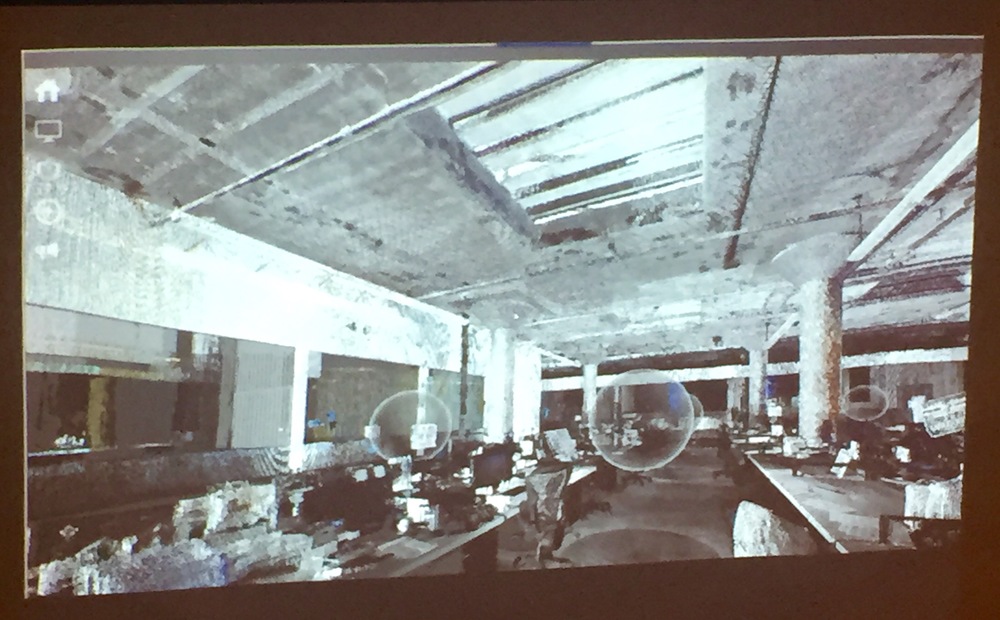7 Things We Learned @ the AEC Hackathon
by TODD STOLARSKI | March 12, 2015
1. The amazing Versatility of the Raspberry Pi. The ultra budget pc runs on a Linux operating system and was originally meant for deployment in educational sectors and computer development in emerging nations. At the AEC Hackathon, we learned that contractors use these UK built computers on their job-sites and that even programmers have even hacked them to run Oculus Rift VR headsets on these little berry-based named wonder machines.
No more snacks, kids! Dinner’s almost ready!
2. 3D printers can make you dinner, dessert, and the house you eat it in. During his presentation, Kevin Carr of Master Graphics spoke of how the adaptability of 3D printers has come to the point where we now have models which will make you pizza, make you chocolate, and furnish you a residence. Getting hungry?
3. Kingdom Tower in Jeddah, Saudi Arabia, aims to benchmark the self-sustainable city of the future. Initially intended to be 167 floors, house one million people, and rise 1.6 km above the earth, the keys to the scaled-down Kingdom Tower are still slated to be turned over in 2019. Designed by Chicago starchitect Adrian Smith (AS+SG) and supported by structural engineers Thornton Tomasetti, the ambitious project has been shortened, but it is still expected to climb more than 1 km. Even at that elevation, it will be the tallest building in the Middle East. Plans to produce exportable farms on every roof, with 25,000 self-driving cars transporting residents throughout, this may well set the mark for a self-reliant, smart city of the not-so-distant future;
4 – A toilet can talk to a sink. Nanotechnology experiments are currently happening inside the Hartsfield-Jackson airport in Atlanta that allow the inanimate bathroom facilitates to communicate with one another. During peak hours, the sink informs the toilet that it’s dirty. Once the toilet becomes grimy and mucky as well, the custodian then receives a text message alert to now clean the restroom. In a nanotechnology world, time and resources are saved when humans and robots are able to communicate;
5. The Future of Intellectual Property will be held in digital rights management of 3D printing. Get ready to copyright your original 3d printing .pdf files. Soon, they will be the new MP3s. So, we are now already looking at a future where this will be the new digital piracy. Remember Napster vs. Metallica in 2000? Think of that, but on a much larger scale when fabrication comes into play;

Building scan of our Chicago office, courtesy of Kevin Bredeson, Pepper Construction.
6. In one year, scanning has gone through a photographic resolution explosion. As Kevin Bredeson of Pepper Construction mentioned during his Hackathon talk, only twelve months ago scanning was happening at a rate of 2 billion points. Just one year later, scanning a building’s image takes place at 20+ billion points with pinpoint accuracy. Soon, we will be able to see through walls;
7. The spirit of collaboration within the AEC industry is unmatched. No matter if you came from Thorton-Thomasetti, Whiting-Turner, Mortenson Construction, Clayco, or any of the several other companies represented, teams formed together regardless of professional allegiance with the goal of solving problems within the AEC space. Once the teams’ solutions were presented to the judges, most were placed on GitHub as open-sourced projects in order in for other complete strangers to improve on them for the betterment of the AEC environment and society in general. As one team member from T2RVT mentioned during their presentation, it was all about giving “virtual hugs” to the industry for the hopes of paying it forward.







Discussion
Be the first to leave a comment.
You must be a member of the BuiltWorlds community to join the discussion.